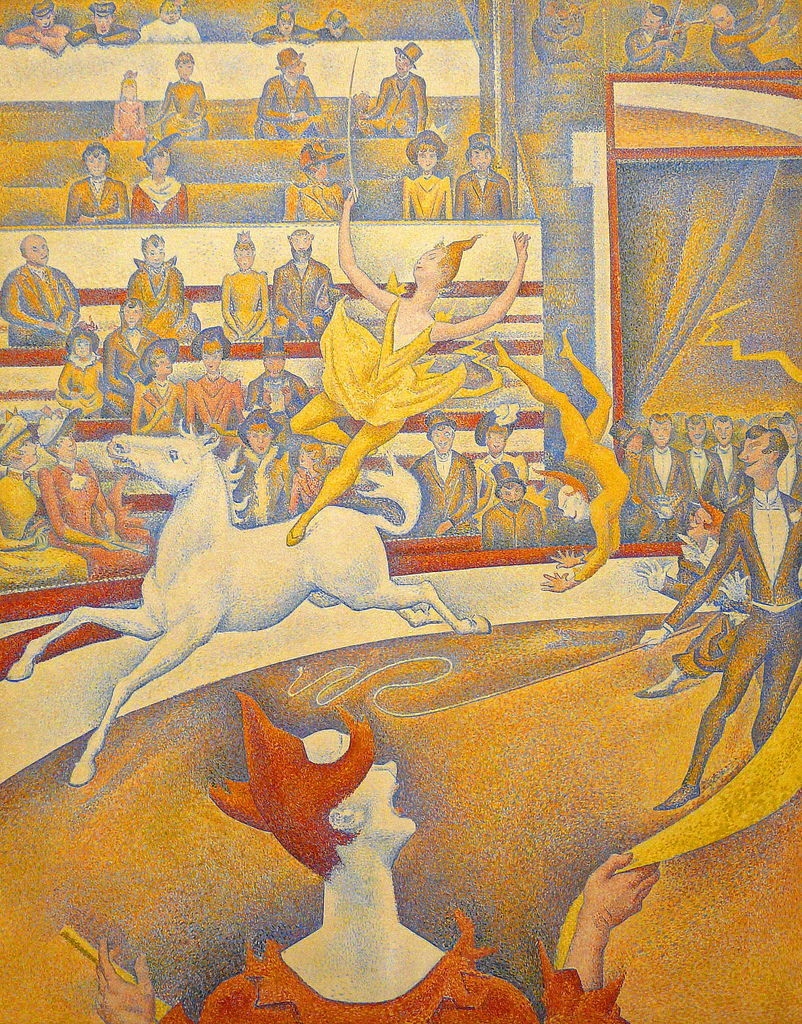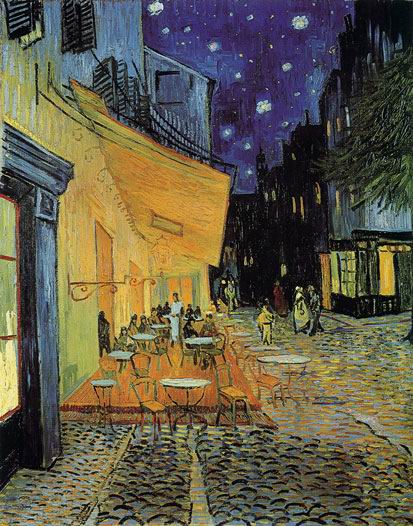Homepage | Impressionism | Post-Impressionism | Fauvism | Cubism | Web Quest | Educational Web Sites
Post-Impressionism
WHAT IS POST-IMPRESSIONISM? (1880-1910)
Post-Impressionism was the style that developed out or reacted against Impressionism, mainly from the late 1800's and till early 1900's.
Both Impressionists and Post-Impressionists favored real-life subjects, distinctive brushstrokes, thick layers of paint and vivid colors.
However, Post-Impressionism tried to obtain more form and structure, expression and emotion into their paintings.
Pointillism is subdivision of Post-Impressionism art movement, and later Cubism and Fauvism are developed out of Post-Impressionism.
Some of the artists during this art movement include Pierre Bonnard, Paul CÚzanne, Paul Gauguin, Georges Seurat, Henri de Toulouse-Lautrec, and Vincent van Gogh.

|

|

|
|
Paul CÚzanne (1839-1906)
CÚzanne was one of the greatest of the Postimpressionists, whose works and ideas were influential in the aesthetic development of many 20th-century artists and art movements, especially Cubism. CÚzanne's art was dishonored by the public during his life, but it was recognized as beyond Impressionism and challenged all the conventional values of painting in the 19th century. His work demonstrates unqiune value of personal expression and treatment of space, mass and color. He has been called the father of modern painting.
Source:
|
Georges Seurat (1859-1891)
Seurat was a leader in the neo-impressionist movement of the late 19th century, and he was the ultimate example of the artist as scientist. He spent his life studying color theories and the effects of different linear structures. His 500 drawings alone establish Seurat as a great master, but he will be remembered for his technique called pointillism, or divisionism, which uses small dots or strokes of contrasting color to create subtle changes in form.
Source:
|
Vincent van Gogh (1853-1890)
Van Gogh greatly influenced the current of Expressionism in modern art. His entire works, produced during a period of 10 years, expresss themselves through its striking colour, coarse brushwork, and contoured forms. Different from the Impressionists who were interested in visual appearance, atmosphere, and light, Van Gogh was obsessed by the symbolic and expressive values of colors. `Instead of trying to reproduce exactly what I have before my eyes,' he wrote, `I use color more arbitrarily so as to express myself more forcibly'.
Source:
|
Other related websites: